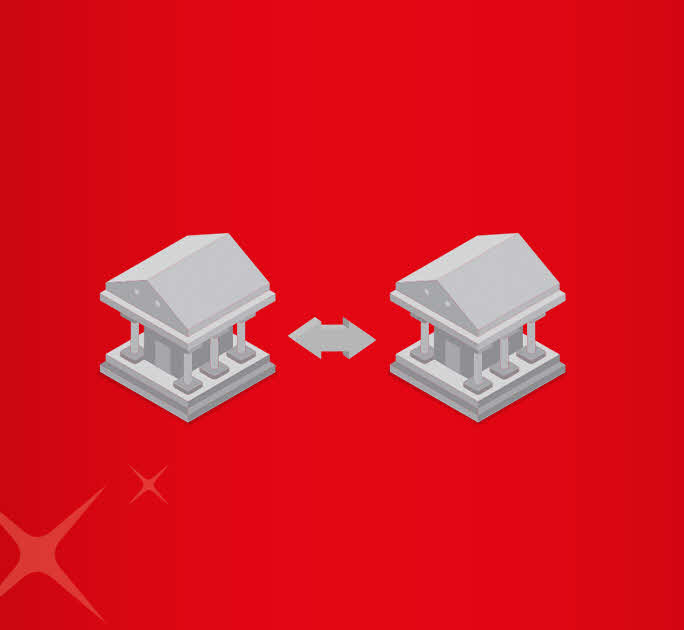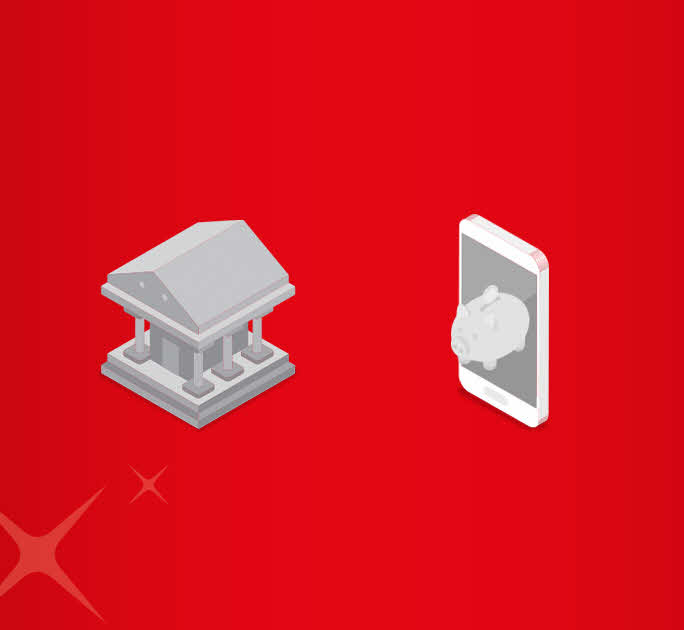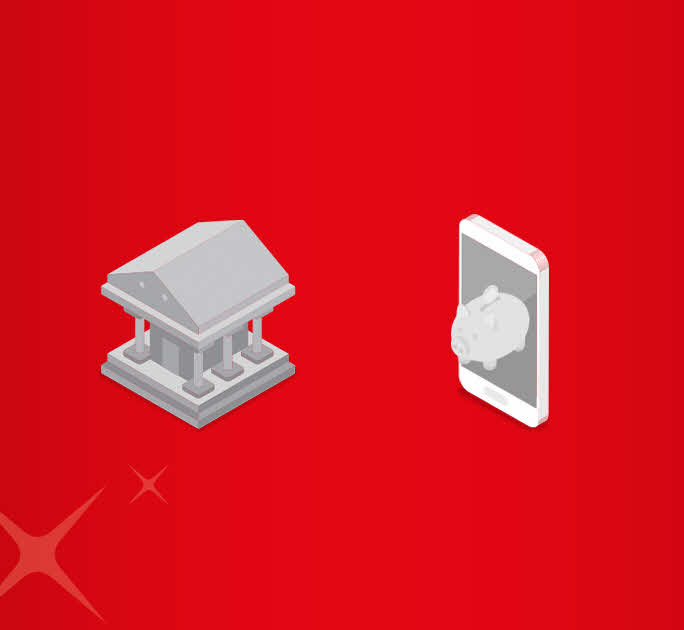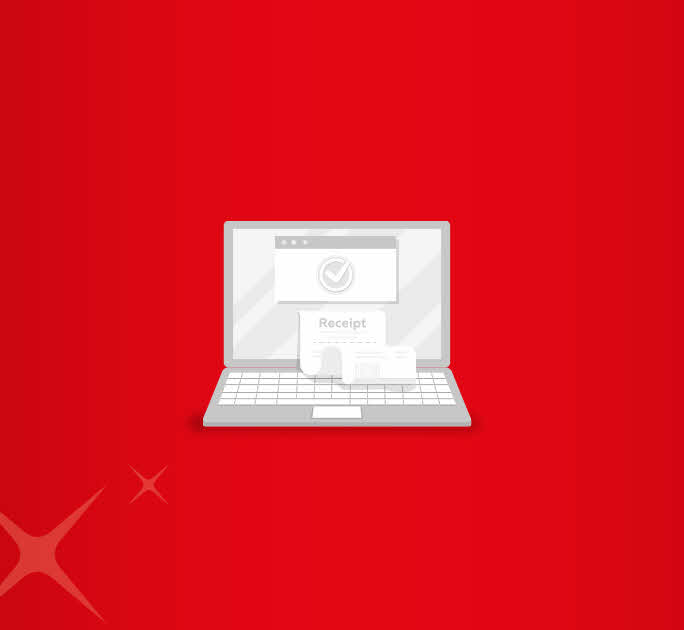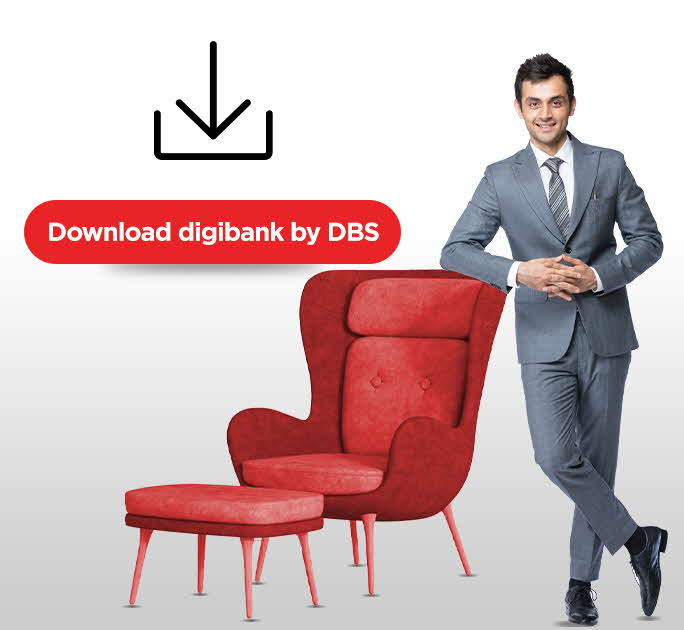- Save
- Invest
- Borrow
- Pay
- More
- Customer Services
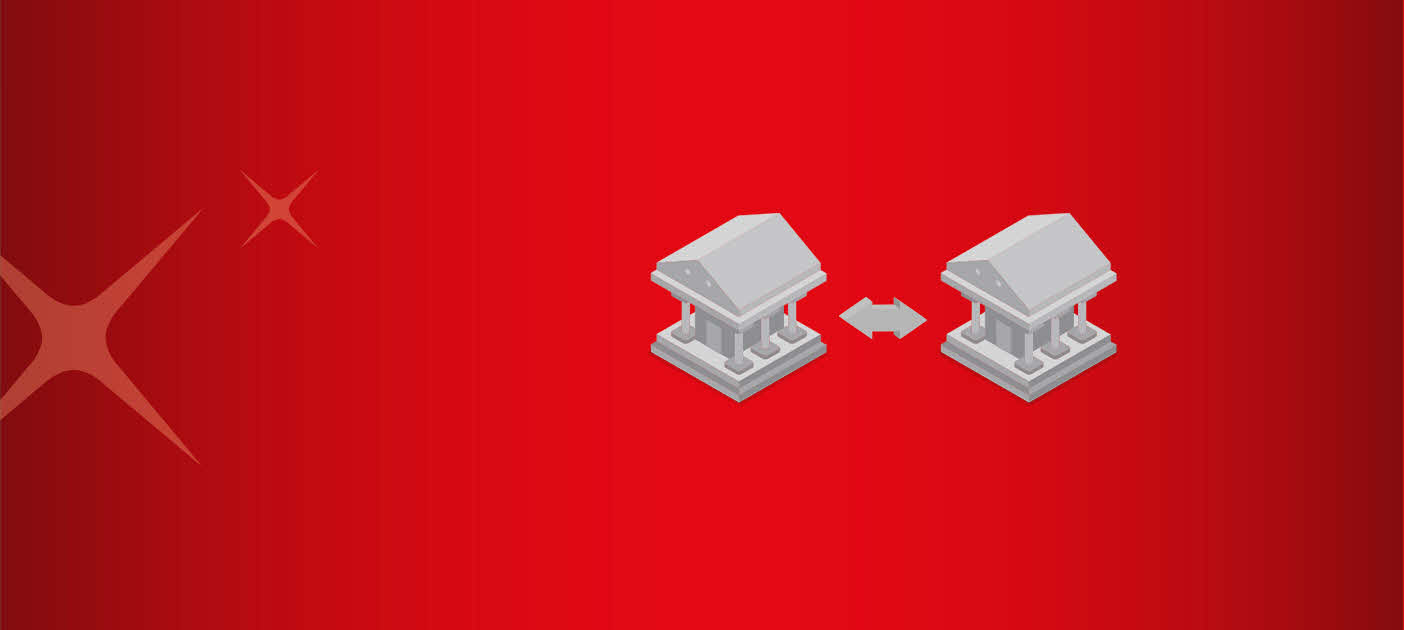
All You Need to Know About DBT (Direct Benefit Transfer)
Find out what is DBT and the various programmes under it
Key Takeaways
- DBT full form is Direct Benefit Transfer
- DBT is a programme launched by the Government of India.
- In DBT, the rightful subsidy for the underprivileged is directly transferred to their Aadhaar-linked bank account.
- With DBT, the government aims to increase transparency in distributing funds backed by the Central Government.
The underprivileged citizens of our country face financial hurdles every day. However, the government offers subsidies on various programs to provide them with some much-needed financial relief. Previously, the central government sectors passed this subsidy to government-run agencies that were ideally expected to further pass on the subsidy to the underprivileged. Upon realizing the malpractices that arose, the government launched a program known as DBT. Let us understand the features of DBT and the programs covered under it.
What is DBT?
DBT full form is Direct Benefit Transfer. Introduced by the Government of India on 1st January 2013, the Direct Benefit Transfer (DBT) scheme was initiated with the aim of transferring funds directly into the bank accounts of the underprivileged in need of financial aid. Instead of using intermediaries to process the transfer, the DBT program aims to make direct payments in the bank account of the beneficiary. The beneficiary must link their Aadhaar number to their bank account to qualify for financial aid under DTB.
Components of DBT
The Direct Benefit Transfer (DBT) scheme in India aims to transfer subsidies and benefits directly to the bank accounts of beneficiaries, reducing delays and corruption. Here are the main components of the DBT scheme:
- Validation of Beneficiary Account: Ensuring that the beneficiary's bank account is valid and linked to their Aadhaar number.
- Payment and Reconciliation Platform: A system to manage and reconcile payments made to beneficiaries.
- Core Banking Solutions: Integration with the banking system to facilitate seamless transfers.
- Aadhaar Payment Bridge (APB): A platform that uses Aadhaar numbers to route payments to the correct bank accounts.
These components work together to ensure that subsidies and benefits reach the intended recipients efficiently and transparently.
Objectives of DBT
The Central Government distributes subsidies to citizens below the poverty line, which, more often than not, do not reach the citizens. With the Direct Benefit Transfer facility, the government has taken steps necessary to eliminate malpractices such as diversion of funds and fraudulent payments. It also aims to distinguish genuinely eligible citizens from others looking for a free handout. Since beneficiaries are required to link their bank accounts with Aadhaar Card, the government can ensure that only deserving candidates can avail of DTB.
History
The Direct Benefit Transfer (DBT) scheme in India was launched to reform the subsidy delivery system by transferring benefits directly to beneficiaries’ bank accounts. Initially piloted in 2013, DBT aimed to reduce loss or diversion of funds intended for beneficiaries, and ensure timely delivery of subsidies. Over the years, it has expanded to include various schemes like PAHAL for LPG subsidy and MGNREGA. The integration of Aadhaar and core banking solutions has been crucial in enhancing the efficiency and transparency of the DBT system.
Schemes/Programmes under DBT
National Child Labour Project (NCLP)
The NCLP scheme focuses on the rehabilitation of children working in hazardous occupations. Officials conduct surveys of child and adolescent workers who are then admitted to NCLP Special Training Centres. Here, they are provided with formal education. Participating children with a minimum of 75% attendance receive INR 150 as a monthly stipend.
Student Scholarships
Students from economically weaker sections of Indian society have no proper access to education. Their fragile financial circumstances result in them dropping out to earn their daily living. The government offers scholarships to such students. Upon qualifying, eligible students can apply for scholarships under DTB.
LPG Subsidy
Liquid Petroleum Gas, also known as a gas cylinder, is a necessity of every Indian household, but low-income families cannot afford it. To this end, the government launched the Direct Benefit Transfer for LPG (DBTL) scheme. With DBTL, the LPG subsidy is directly credited to the Aadhaar-linked bank accounts of the consumers. When customers book the first subsidized cylinder, they will receive an advance in their bank account before the cylinder is delivered.
Atal Pension Yojana:
A pension scheme is aimed at providing income security to workers in the unorganized sector.
Ayushman Bharat – Pradhan Mantri Jan Arogya Yojana (PM-JAY):
A health insurance scheme providing coverage of up to ₹5 lakh per family per year for secondary and tertiary care hospitalization.
Pradhan Mantri Awas Yojana (PMAY):
A housing initiative aiming to provide affordable housing to the urban poor.
National Social Assistance Programme (NSAP):
A welfare program providing financial assistance to the elderly, widows, and persons with disabilities in the form of social pensions.
What are the Benefits of DBT?
- Enhanced Transparency: DBT minimizes intermediary involvement, ensuring that subsidies and benefits reach the intended beneficiaries directly, thereby reducing corruption and leakages.
- Timely Disbursement: By depositing funds directly into beneficiaries' bank accounts, DBT ensures prompt delivery of financial assistance, eliminating delays associated with traditional distribution methods.
- Cost Efficiency: The reduction in administrative overheads and elimination of middlemen result in significant cost savings for the government.
- Empowerment and Financial Inclusion: Direct transfers promote financial inclusion by encouraging beneficiaries to open and maintain bank accounts, integrating them into the formal banking system.
How and Why to Link DBT to Savings Account?
Linking your savings account to DBT is essential to receive government subsidies and benefits directly. Here's how to do it:
- Visit Your Bank Branch: Go to the branch where you hold an account.
- Submit Aadhaar Details: Provide a self-attested copy of your Aadhaar card and fill out the bank's mandate and consent form to link your Aadhaar with your account.
- Confirmation: The bank will process your request and confirm the linkage.
Linking ensures that all DBT benefits are credited directly to your account, offering convenience and security. It also reduces the risk of fraud and ensures timely receipt of funds.
How Do I Check if My Account is DBT enabled?
To verify if your bank account is DBT enabled:
Online Banking:
- Log in to your bank's online portal.
- Navigate to the 'Aadhaar Linking Status' or 'Profile Settings' section.
- Check if your Aadhaar number is linked to your account.
Bank Branch:
- Visit your bank branch.
- Request the staff to check if your account is linked to Aadhaar and enabled for DBT.
UIDAI Portal:
- Visit the UIDAI website.
- Use the 'Aadhaar-Bank Account Linking Status' service to check the status.
Ensuring your account is DBT enabled is crucial for receiving government benefits seamlessly. If not linked, follow the steps mentioned above to link your Aadhaar to your bank account.
Apart from those mentioned above, several other programs are covered under the Direct Benefit Transfer schemes. The DBT aims to relieve the financial troubles of the underprivileged partly, if not wholly. If the government seeks to provide equal opportunities to the under-privileged, the DTB scheme is a great start. To get more clarity regarding the Direct Benefit Transfer scheme consider visiting our FAQ page.
With the digibank by DBS app, you can open a new savings account in a few minutes! Download the app to get started.
FAQs - Direct Benefit Transfer
-
How Can I change my account is DBT enabled?
To receive Direct Benefit Transfer (DBT) benefits in a different bank account, visit your desired bank branch and request to link your Aadhaar number to that account. Fill out the bank's mandate and consent form to complete the process. This will enable DBT credits to be directed to your chosen account.
-
Can DBT be done online?
Yes, many banks offer online facilities to link your Aadhaar with your bank account for DBT purposes. Log in to your bank's internet banking portal or mobile app, navigate to the 'Aadhaar Seeding' section, and follow the instructions to link your Aadhaar number. Alternatively, you can visit your bank branch to complete the process in person.
-
What are the pre-requisites of DBT?
To receive DBT benefits, ensure the following:
- Aadhaar Enrollment: You must have a valid Aadhaar number.
- Bank Account: Maintain an active bank account.
- Aadhaar-Bank Linking: Link your Aadhaar number to your bank account by submitting the necessary mandate and consent form at your bank.

